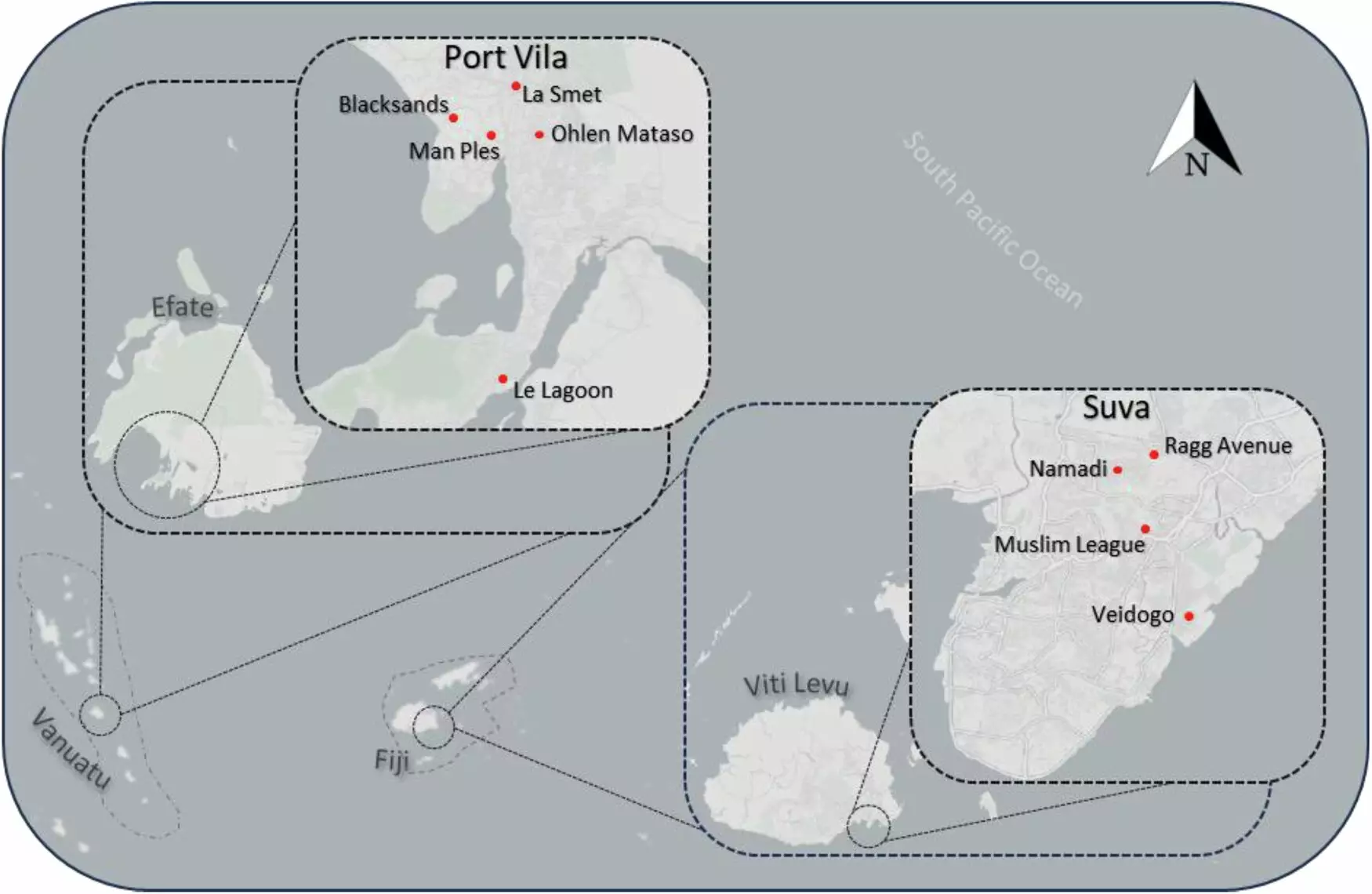The Pacific Islands are often portrayed as idyllic oasis, boasting stunning landscapes, pristine beaches, and vibrant cultures. However, the picturesque image of the region belies a significant and pressing public health crisis facing its residents. Most people envision palm trees and charming resorts when they think of places like Fiji and Vanuatu, but for many locals residing in informal urban settlements, life is much harsher. Approximately half a million individuals acquire limited access to basic sanitation and hygiene facilities, severely impacting their quality of life.
Sanitation infrastructure is vital not only for individual well-being but also for the collective health of communities. The staggering reality is that in many informal settlements, access to suitable toilets is a luxury that residents cannot afford. This lack of proper sanitation particularly affects women, children, the elderly, and individuals with disabilities, perpetuating cycles of poverty and social inequity. Recent research from the University of the South Pacific has shed light on this dire situation, underscoring the urgent need for comprehensive interventions.
The study, published in the journal npj Clean Water, investigated sanitation conditions in informal settlements across Suva, Fiji’s capital, and Port Vila, the capital of Vanuatu. By conducting surveys and inspecting sanitation facilities in 393 households, the research revealed a disheartening reliance on unsafe waste disposal methods, despite the availability of piped water. A staggering 56% to 100% of households still depend on rudimentary sanitation systems, such as pit latrines and cesspits, where water is often absent, leading to dire health implications.
These informal settlements typically develop on unregulated land, primarily due to a scarcity of affordable housing options. Consequently, residents are left with inadequate access to essential services that comprise proper waste management systems, electricity, and reliable garbage collection. Furthermore, the persistent threat of climate change worsens the situation, exposing these communities to frequent natural disasters. The research indicates that during extreme weather events, one in every three households experiences temporary loss of access to functioning toilets.
Climate Vulnerability and Its Impact on Health
The dual struggle of lacking sanitation and facing harsh climatic conditions creates an untenable situation for residents of these communities. Climate hazards, such as cyclones and torrential rains, not only damage sanitation infrastructure but also lead to hazardous overflow, contaminating local water supplies. Poor waste management practices exacerbate public health risks, paving the way for the transmission of diseases like diarrhea, intestinal worms, and trachoma.
The ecological degradation caused by inadequate sanitation poses significant threats to both human health and the environment. In many instances, untreated waste is carelessly discarded onto open land, tasks local rivers, or even seeps into the ground. Such practices not only threaten the immediate well-being of the populace but also compromise the integrity of surrounding natural resources, magnifying the urgency for radical change.
Recognizing the complexity of the issue, the findings of the study emphasize that mere access to toilets will not suffice in addressing the sanitation crisis. A multi-faceted approach is crucial, incorporating comprehensive waste management strategies that encompass the entire service chain—from waste removal to treatment and final disposal. Endorsing local expertise, enhancing the capabilities of service providers, and guaranteeing ongoing maintenance are pivotal in crafting sustainable solutions.
Implementing improved monitoring strategies to clearly differentiate between informal and formal settlements is essential to interrupt prevailing assumptions surrounding sanitation. Additionally, community ownership over sanitation facilities fosters a sense of responsibility and ensures the longevity of resources, allowing for important local adaptation to the realities faced by residents.
The sixth Sustainable Development Goal (SDG) aims to guarantee water and sanitation access for all by 2030. Addressing the sanitation crisis in the Pacific Islands pertains to safeguarding health, enhancing dignity, and fortifying livelihoods in communities at the mercy of environmental adversities. Progress must be made to mitigate the repercussions of inadequate sanitation, ultimately fostering resilience and better quality of life for households entrenched in these precarious conditions.
The pressing need for action cannot be overstated. The Pacific Islands might conjure images of natural beauty, but it is critical to recognize and act upon the underlying public health challenges faced by marginalized communities. They deserve not only basic sanitation but also sustainable infrastructure that can withstand the tests of time and climate, ensuring a healthier, more dignified existence.


Leave a Reply